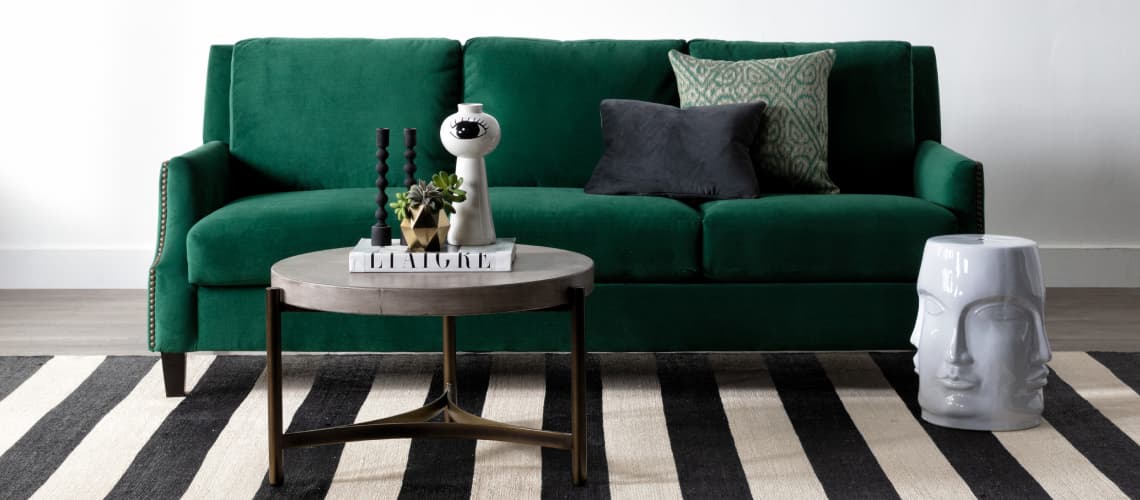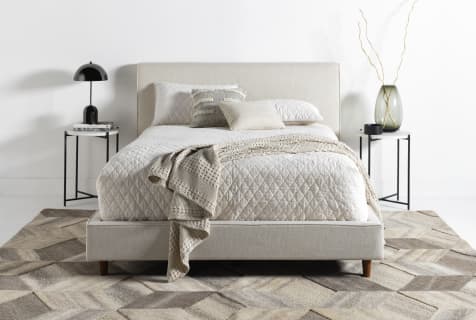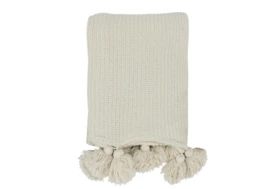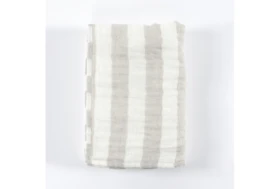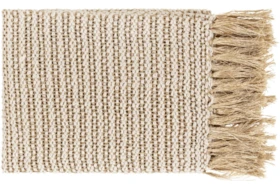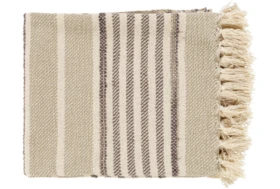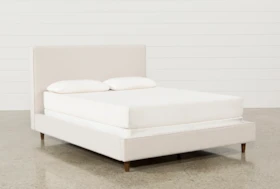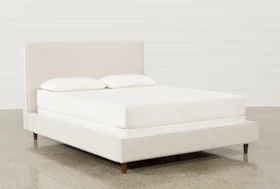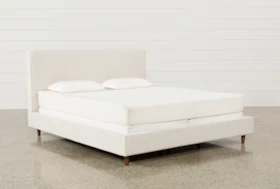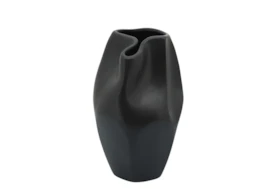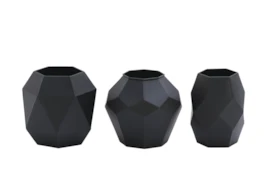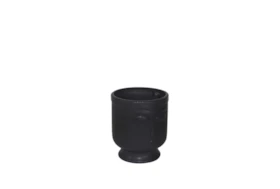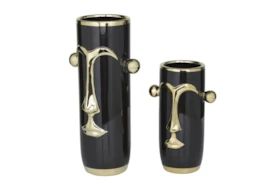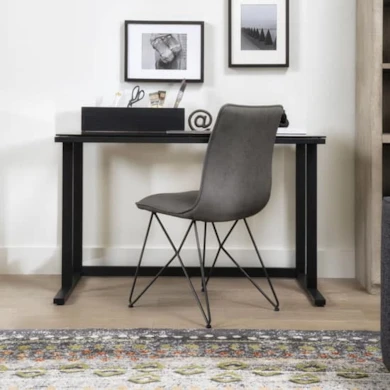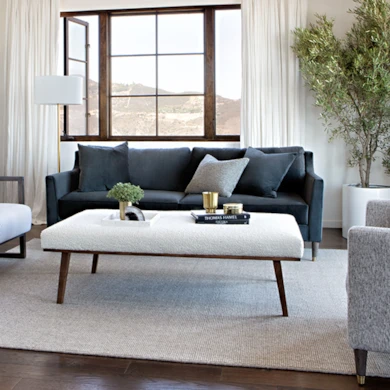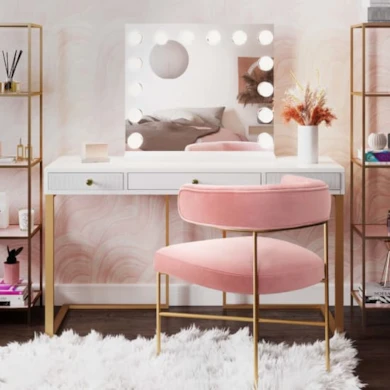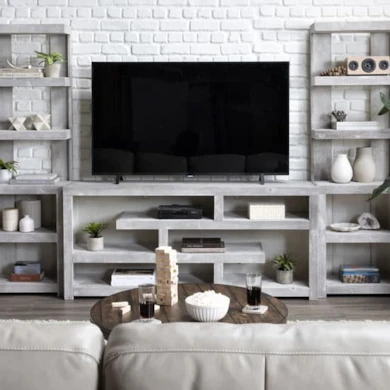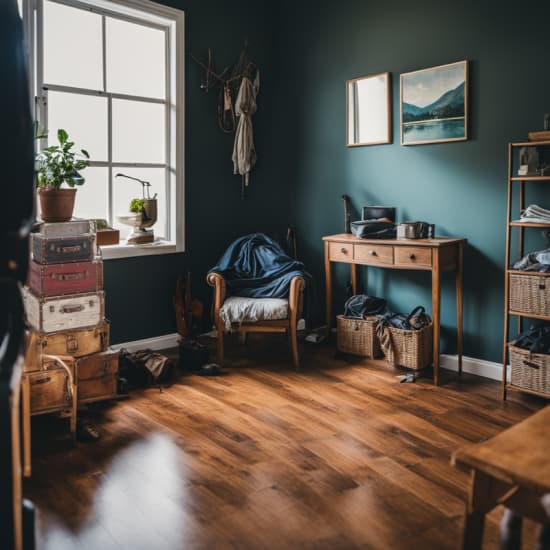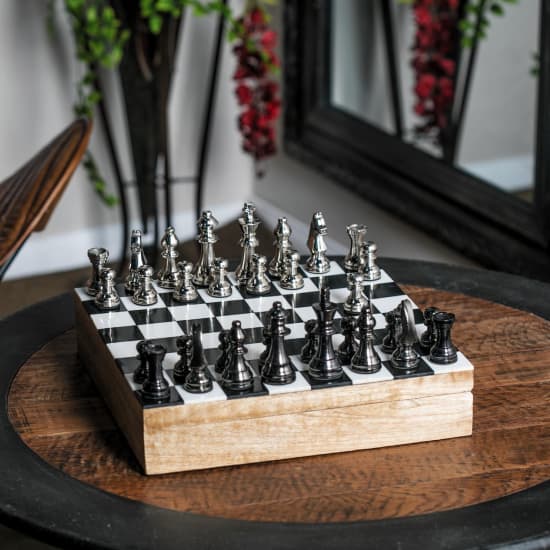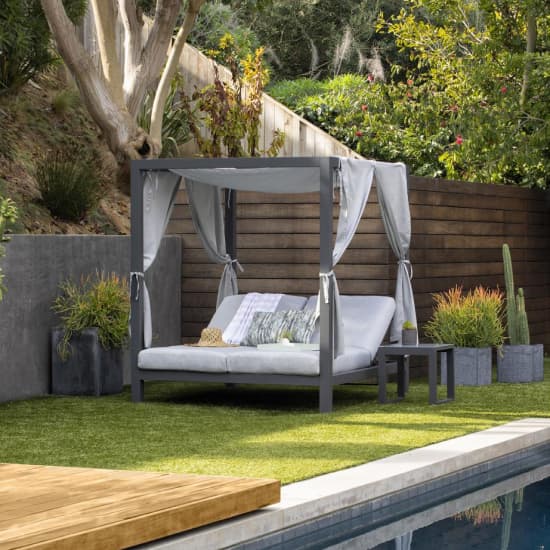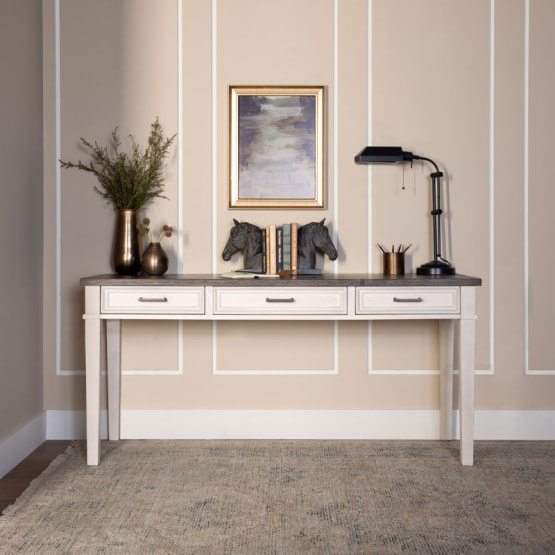The Top Minimalist Lifestyle Tips for a Cleaner, Simpler Life
What Is Minimalism?
History of Minimalism
Contrary to popular belief, minimalism isn't a new trend. The concept was actually popularized in the 1920s by the Bauhaus, a German art school that advocated for a balance between functionality and beauty. Leaders at the school encouraged architects and designers to prioritize utility in their creations, resulting in simple, clutter-free spaces that were still aesthetically pleasing.
While the Bauhaus put minimalism on the radar, the trend faded in the following decades. Then, in the 1960s, artists like Donald Judd and Frank Stella started incorporating minimalism in their work. This minimalist art (which involved lots of blank space and simple patterns) quickly inspired the design movement. Now, tons of people are embarking on their own minimalism journeys by buying fewer things.
lets go of material possessions.
Benefits of the Minimalist Lifestyle
While becoming minimalist isn't an easy adjustment, it has its perks. Here are some top benefits of minimalism:
- Reduced costs: By only purchasing items you need, you can save money in the long term.
- Easy clean-ups: Having less stuff makes it easier to clean your home.
- Environmentally-friendly: Limiting your purchases reduces the number of resources you consume.
- Aesthetically pleasing: This trend isn't just practical; it's also attractive. Minimalist rooms have a clean, calming tone to them.
- Purposeful: By encouraging people to only keep items that are meaningful, minimalism leads to a more intentional life.
For many people, minimalism is more than just a design trend — it's a way of life. Those who attempt minimalism often report feeling happier and less stressed after the shift. If you're looking for a lifestyle change designed to bring joy (and make your home look good), you may benefit from minimalism.
Minimalist Living Tips
Work On Decluttering
The first step to achieving a minimalist home is clearing up your household. Start by going through all the objects in one room and deciding whether you really need them. For example, say you're in the living room. Certain pieces (such as couches, television sets and coffee tables) are essential. However, other items (such as paintings, books and decorations) may not be necessary. This depends on how often you use them, whether they look good and whether they bring you joy.
Repurpose Old Items
While a big part of minimalism is getting rid of items you don't use, this doesn't mean you have to throw things into the trash. Many of your regular household items can be repurposed into new things. Pick up every item you plan to dump and see if it can serve a new function. Perhaps those old shoeboxes can be used to store jewelry, or maybe those chintzy figurines can become bookends — you never know!
Focus On Specific Colors and Materials
Minimalism has a unique ability to be attractive without relying on vibrant colors, flashy furniture or several accessories. It finds beauty in simple colors and materials, many of which are repeated throughout the space. For instance, white walls may be paired with a matching white couch, or a wooden table might be set next to a wooden cabinet. This doesn't mean you can't use any exciting colors or patterns — you're the one spending time in your home, so feel free to bend the rules a bit.
Make Every Item Intentional
The most important part of minimalism is ensuring the items you keep are important to you. Is this object useful? If it doesn't offer functionality, why do you want it? Does it look good, or does it trigger a happy memory? It doesn't matter what the reason is, as long as you have one. Once you learn how to make intentional design choices, you'll see just how life-changing minimalism can be!
— More Great Articles —
Live Minimally
Read the Latest
Editorial Disclaimer: Articles featuring tips and advice are intended for educational purposes and only as general recommendations. Always practice personal discretion when using and caring for furniture, decor and related items.
